Tesla and Waymo are about to square off in a duel, which could decide the fate of automated vehicles in the U.S. Billions of dollars in revenue and profits are at stake as the two companies prepare to compete in cities around the country.
Waymo today has the U.S. robocab market all to itself, now that competitors such as General Motors’ Cruise have dropped out. But it won’t retain that monopoly much longer. Not, at least, if Tesla succeeds in launching its own driverless ride-share service with the CyberCab it promises to launch this year.
Both companies have a lot riding on the success of their driverless vehicles. For his part, Tesla CEO Elon Musk has been downplaying the role of the company’s EVs in favor of Cybercab as it looks to the future.
The Tesla-Waymo duel is becoming a contest between competing technologies as well as a battle between two very different business models with very different leadership. At stake potentially are billions of dollars in revenue and the opportunity to shape travel around the United States even as Chinese competitors gain experience and leverage in the emerging business of self-driving taxi service.
Waymo stakes its claim
What began as an experiment in 2009 by Google has now become an increasingly familiar ride-sharing service for millions of Americans.
Waymo executives said this week the company has doubled the number of rides customers have taken in the past five months as it expanded service in San Francisco, Los Angeles, Phoenix and Austin, Texas. Waymo is delivering more than 250,000 paid robo taxi rides a week, according to information disclosed in Alphabet’s first quarter financial report.
Waymo also said it had won approval to expand its autonomous ride-hailing service to more parts of the San Francisco Bay Area, including San Jose and plans to expand into Atlanta, Miami and Washington, D.C. in 2026.
Tesla says its robotaxi’s are ready
Elon Musk, Tesla’s embattled CEO, also said Tesla will roll out its robotaxis in Austin in June. Tesla’s plan is to start small, with around a dozen vehicles at first, and ramp up quickly, Musk explained. The number will grow to a “thousand within a few months.” he said during a conference in Qatar this week, and as many as a million by the end of 2026.
However, while Waymo is planning to expand its robotaxi fleet by putting more vehicles in more cities, Tesla’s plans call for borrowing the vehicles from Tesla’s base of retail customers. Musk compares Tesla’s strategy to that of AirBnb where property owners lend their houses or apartments to the company as part-time rental units, but retain ownership and access.
Musk maintained Tesla’s plan gives it the ability to expand the volume of rides – and revenue – quickly. The future of Tesla will be built not around vehicles, but the robotaxi business and the Optimus robot, he said during an interview.
More Autonomous Vehicle News
- VW, Uber Launch New Ride-Sharing Partnership
- Trump Administration Eases Driverless Development Rules
- Auto Industry Preps for Autonomous Driving
Both companies prepare factories
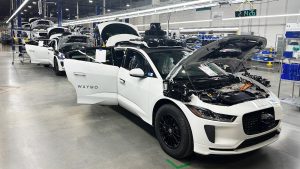
Waymo is starting to expand production of its vehicles at its plant in Arizona. operated in partnership with Magna Steyr.
Underlining the commitment to the robotaxi business, Waymo has entered a partnership with Magna Steyr to open a factory in Arizona dedicated to building the company’s taxis. The Waymo robotaxi will be based on the all-electric i-Pace crossover supplied by Jaguar Land Rover.
Tesla plans to build its gull-winged CyberCab at its sprawling gigafactory outside Austin, Texas.
Waymo appears to have an edge since Magna Steyr has a sterling reputation having spent decades building vehicles for luxury carmakers such as BMW and Mercedes Benz at its European base of operations in Graz, Austria.
Tesla’s Austin factory, however, has developed a reputation for quality problems, which has contributed to the poor sales of Tesla’s Cybertruck, which is now widely considered a major flop.
Vastly different technology
Aside from the different business models, Tesla and Waymo also use different technical approaches.
While the software behind the self-driving systems used by both companies is updated constantly, the hardware is very different.
Waymo relies on a combination of cameras, Lidar and sensors to guide the vehicle.
Tesla, on the other hand, uses a system built around eight cameras, and Musk said his company has no plans to add laser-based Lidar or other sensors in the future. The company claims the mix of signals can create confusion.
An informal test by Business Insider, however, gives the Waymo system the edge over Tesla – results Musk dismisses.
Big trial for automated vehicle business
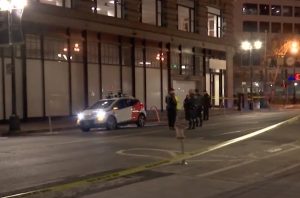
GM quit its ride-sharing program after a Cruise EV was involved in a pedestrian crash in San Francisco in October 2023.
As Tesla enters the picture the real test is whether there really is a sustainable future for automated vehicle systems.
In the 16 years since Google, Alphabet and Waymo’s predecessor, first tested an automated vehicle on the roads around California’s Silicon Valley, no company has succeeded in building a profitable business around AV technology.
Several companies, notably General Motors through Cruise, as well as Ford and Volkswagen, have invested substantial sums in AV technology, only to abandon their driverless ride-sharing programs. And even Waymo has yet to prove its technology can operate beyond narrow “geo-fenced” areas without running into accidents with other vehicles, people or stationary objects.
The National Highway Traffic Safety Administration has ordered a recall for much of the Waymo fleet following a series of recent, minor crashes. And the agency is seeking more data and information from Tesla.
Winner take all?
Nonetheless, the rewards for whichever company unlocks AV’s potential could prove enormous, according to analysts, since proponents believe it will make driving safer and ultimately faster. Tesla, according to Musk’s own bombastic predictions, is betting its future on autonomy, while Waymo’s success could give Alphabet’s stock an enormous boost.
Will it be winner take all? How many robocab companies could the market support is a big question. And even if Waymo and Tesla find a way to make their divergent business models succeed, they’re likely to face further challenges.
Uber, the 800-pound gorilla of the conventional ride-sharing service, abandoned its internal robocab program a few years back following a fatal crash in Arizona. Last month, however, it announced plans to return through a new joint venture with Volkswagen. And other competitors could be on the horizon. But the results of the Waymo-Tesla battle could give clear insight into whether robocab technology really will be a successful part of the U.S. mobility network.

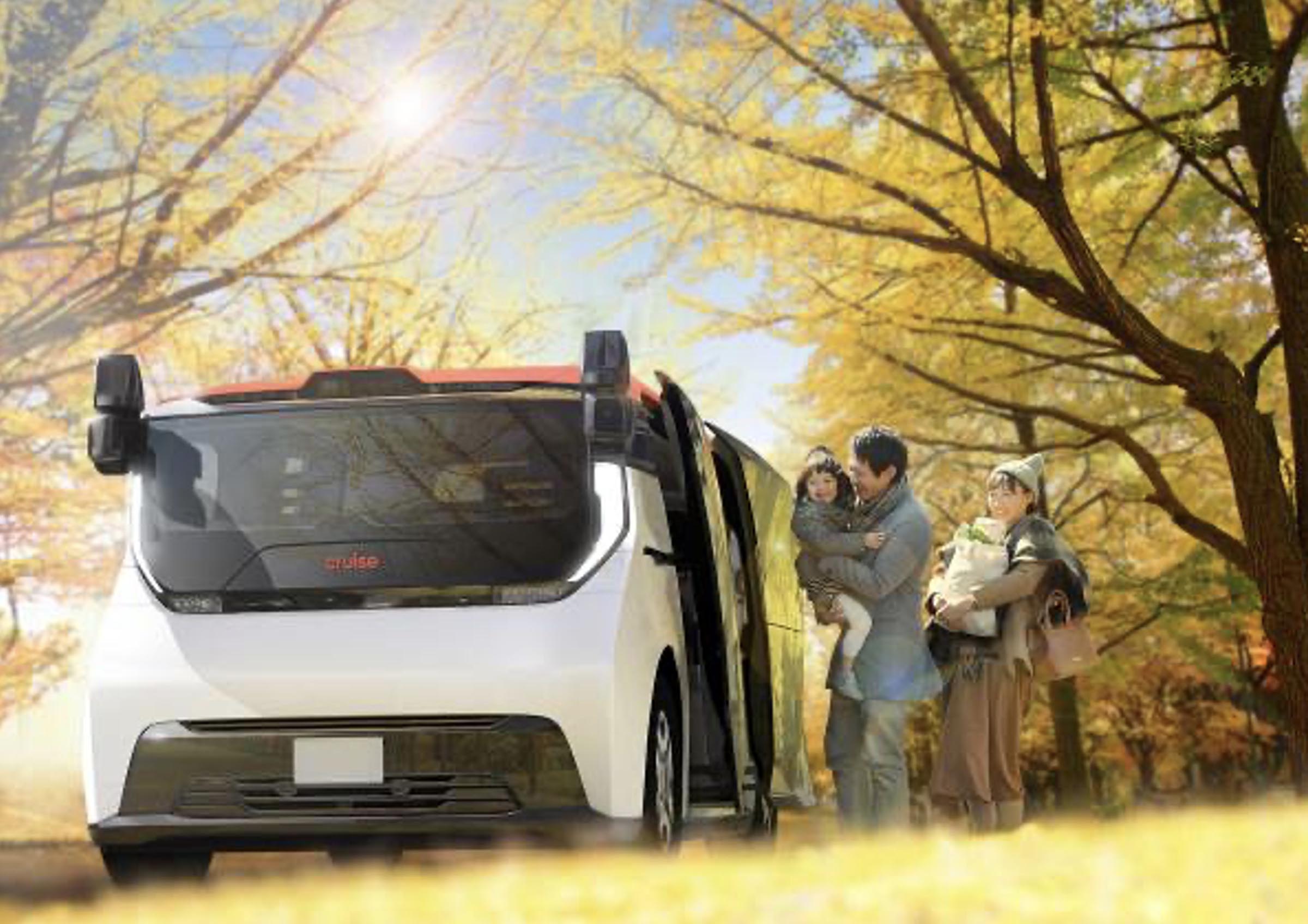

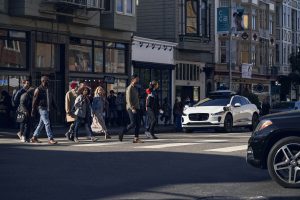
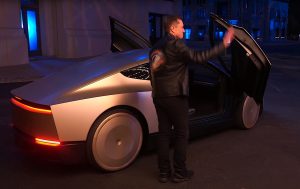
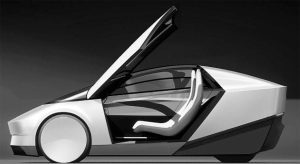
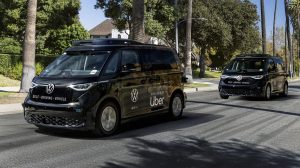
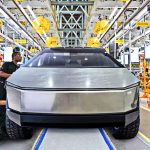

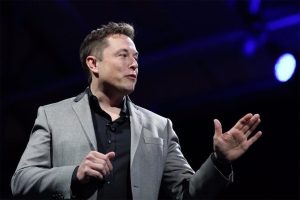

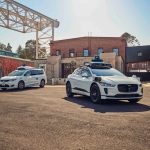
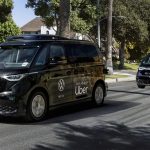
0 Comments